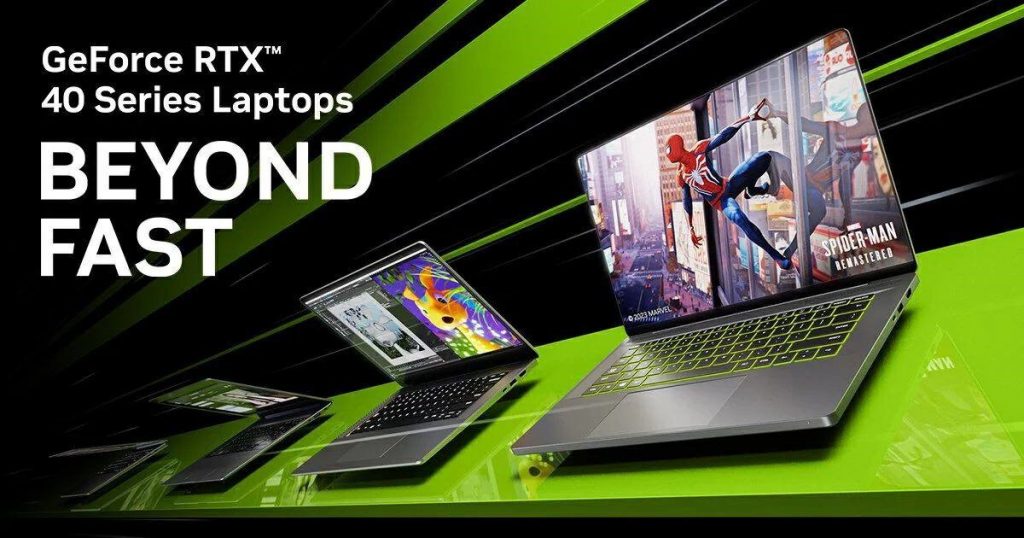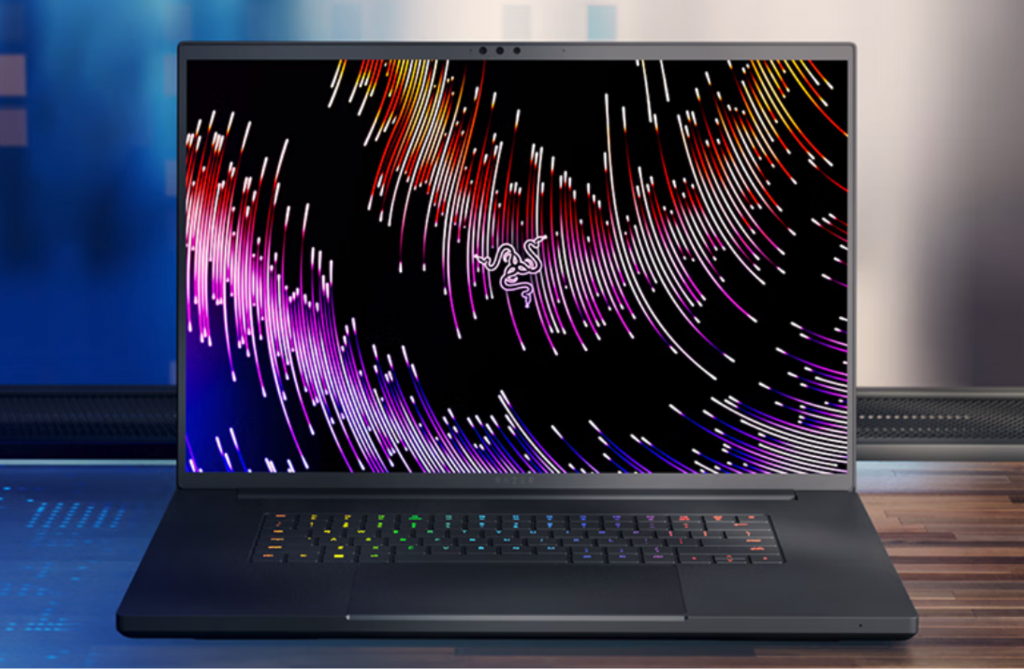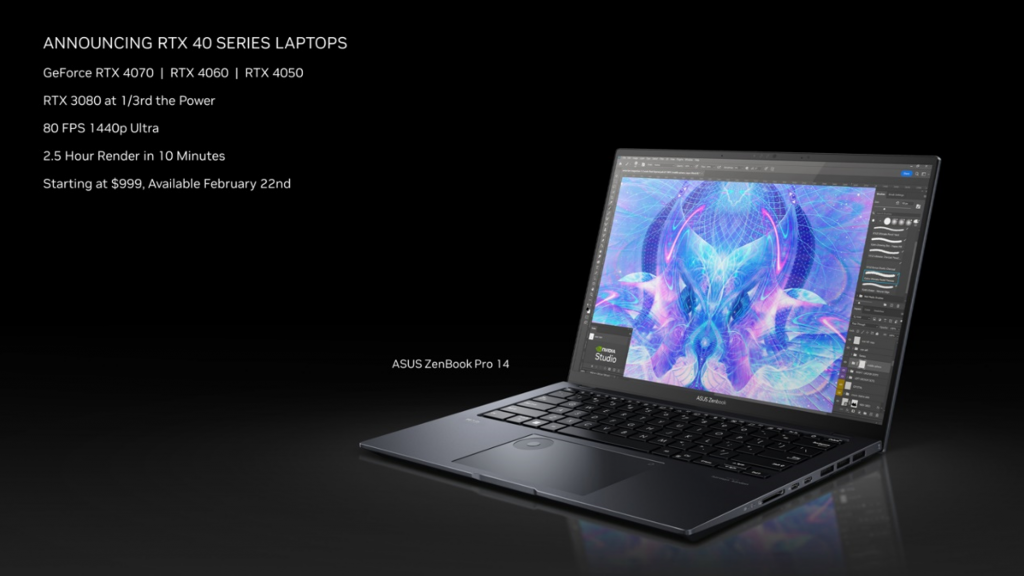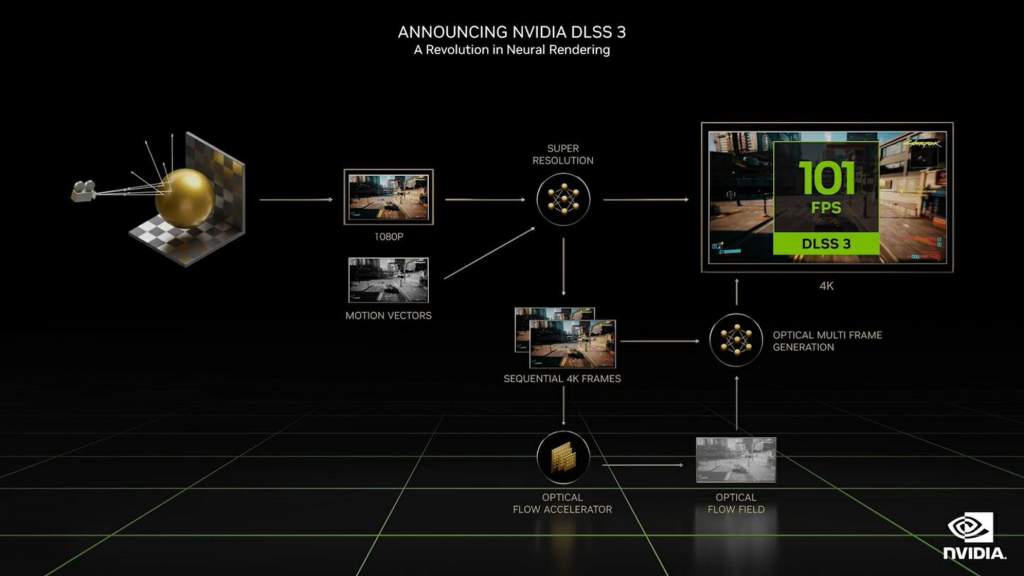Since this week, many PC market manufacturers have been launching gaming notebooks with Nvidia RTX40 series graphics cards, and media reviews have also been unblocked recently. However, The reviews from different media have revealed that the entry and mid-range level mobile versions of RTX40 series graphics cards are not friendly to users who are ready to upgrade, and the improvement they bring compared to RTX30 series mobile graphics cards can be considered minimal, especially the RTX4070 Laptop, which even lags behind the RTX3070Ti Laptop in some test items.

The RTX4080 Laptop and RTX4090 Laptop released earlier showed a significant lead over the RTX3080Ti Laptop thanks to the huge power efficiency improvement brought about by the process upgrade, which should have led many consumers to expect that the entry-level models would also have a significant boost over the previous generation, but now media test results show that NVIDIA doesn’t want to give gamers the true dessert. The gap between the flagship cards and the entry cards in terms of core size and TDP (Thermal Design Power) puts consumers in a dilemma.

If you spent the same budget to upgrade as you did before buying an RTX3060 laptop, you would get less than a 20% performance improvement, which doesn’t offer a 4K/60fps experience when playing the latest AAA games on a gaming notebook. And if you want such an experience You’ll have to consider spending twice or even three times the budget for the high-end model with the RTX4080 Laptop.
If nothing else, NVIDIA should launch a model like RTX4070 Ti Laptop or RTX4070S Laptop afterwards to complete their product line. Once such a marketing strategy is successful it also means that the cost of upgrading equipment for PC users will become higher and higher, and we can no longer spend only $1000 to get a significantly better experience.

Some may suggest that we can also choose laptops with graphics cards from AMD or Intel. It is true that these products are usually cheaper than gaming notebooks with Nvidia graphics cards, but in the application of some graphics technologies, such as ray tracing and DLSS super-resolution, Nvidia graphics cards have advantages that are difficult for competitors to reach. Most mainstream game developers give priority to adapting some of Nvidia’s graphics technology to get better performance and graphics effects, so for most gamers, Nvidia graphics cards are still the best choice. In addition, Nvidia graphics cards are more widely and maturely used in productivity and AI applications. The software ecosystem is like a deep and wide moat that allows Nvidia to run rampant in the castle.

If it was a few years ago, gamers can refuse to spend money to force Nvidia to change its marketing strategy. But the rise of Cryptocurrency, metaverse and AI applications in recent years has allowed Nvidia to gain a group of business buyers with much greater purchasing power than individual users. Perhaps for Nvidia now, the revenue contributed by gamers is just an optional dessert, they will put more and more effort into enterprise users and cloud computing, further increasing the price of the product. The end result may be that most individual gamers have to consider using integrated graphics cards to play light-graphic games or shift to cloud gaming.
In short, after the wave of cryptocurrencies we are not ushering in a more gamer-friendly market. Instead, the increasingly expensive graphics cards could seriously destroy the gamebook market. I am pessimistic about this. I wonder which graphics card you are using, and would you consider spending more money on a flagship graphics card? Feel free to leave your comments and discuss them with the writer.



